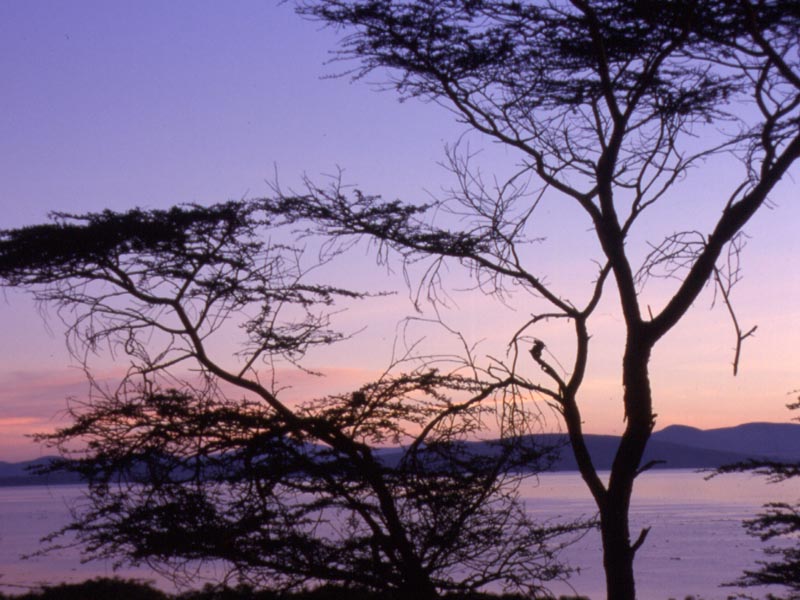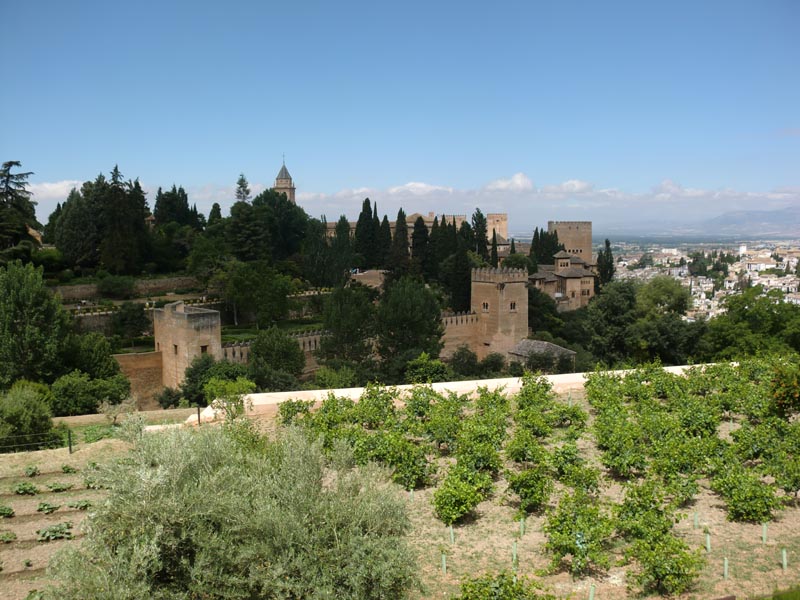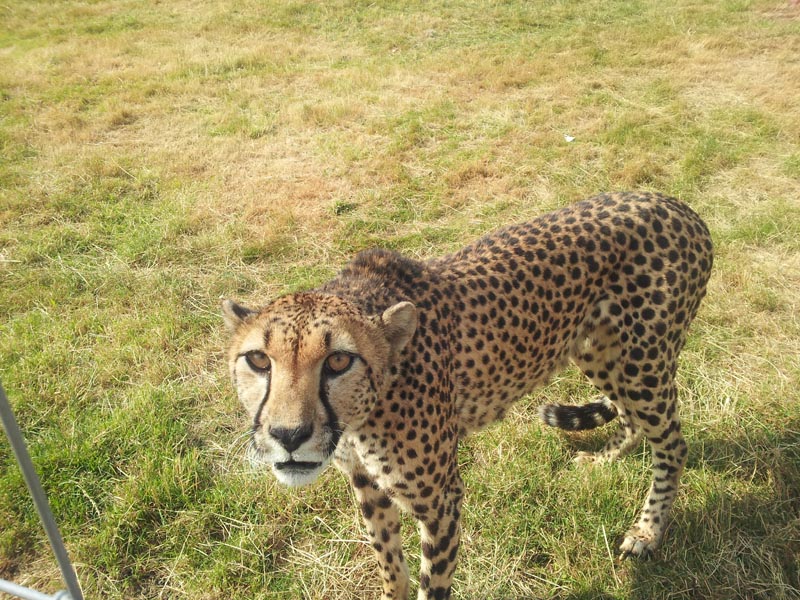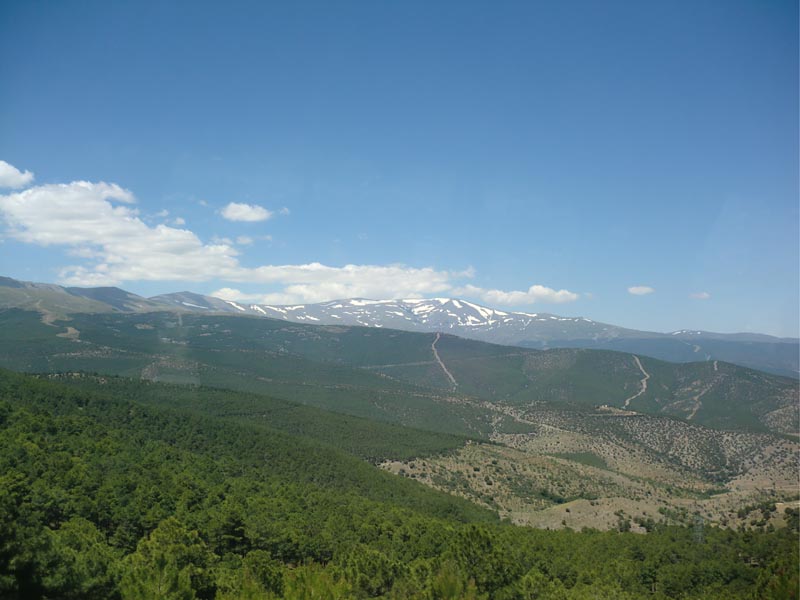Hints & Tips







A Few Basic Guidelines
To survive and thrive in challenging circumstances you must mesh your internal with your external environment. The right frame of mind, coolness under pressure, objective assessment, versatility, fortitude, and the ability to think outside the box are key ingredients. An important catalyst is practical knowledge. Knowledge helps breed self-reliance and confidence. You can make it if you believe you can, and although a bit of a cliché, fortune often does favour the bold.
If faced with apparently overwhelming events try hard not to panic. Your survival may depend on how well you play your inner game. Try and buy some time to think creatively about solutions but don’t over-analyse. Don’t be too quick to accept the obvious. Don’t reject your intuition either – it provides an important self-preservation mechanism.
“Proper Preparation Prevents Poor Performance” – a well used adage maybe but a useful piece of advice. It applies both prior to and during your adventures.
Effective survival is an art not a science but a little knowledge of science can give you an edge.
Although the accomplished can do much with little, having key items of equipment can do much to enhance your prospects. Naked survival can be expensive on time and good gear can do much to reduce this and help you align your inner and external environments.
Regarding priorities, try to avoid being out of control but you may well just have to go with the flow. Harness it don’t use all your energy fighting it. Where feasible: Think, Respond, Act, Replenish.
Respect the Rule of Threes. A healthy person with positive motivation can expect to last up to:
three minutes without air
three hours in an adverse environment without shelter
three days without water
three weeks without food
Hence your survival priorities will normally be:
Air
Shelter
Water
Food
A Few Words About Survival Kits
There is much debate about what constitutes the best personal survival kit. Ideally the contents should provide the means to protect and sustain life until an escape from life threatening circumstances is feasible. The reality is more complex.
No portable survival kit can be truly comprehensive. What it can be is effective. The type of questions you should ask yourself in preparing one include:
What scenarios and environments might I realistically have to cope with?
At the most basic level what will I need to survive these scenarios?
What is the minimum I should keep in the kit?
What are the “nice to have” but not absolutely essential items I might choose to augment it with?
Should there be several kits? If so where should I keep them?
How should I carry the kit? Should it be with me at all times? Is this practical?
Where do I obtain the elements of the kit? Does the vendor have the knowledge to advise me?
Do the items truly “deliver what is on the packet” or are they just gimmicks I have seen in the media?
How can I reduce the items so each element has multiple applications and flexibility in use? A cautionary not here – don’t oversimplify or over-rely on one piece of gear. If you lose it you may be exposed. Likewise ensure an item is not so much of a compromise it is of little real value. For example although a good multi-tool can be valuable in a wilderness environment do not drop a good knife for it.
Bush-craft and survival
There has been significant interest in recent years in acquiring and practising so called “bush-craft” skills, not least because of various television series. In turn a cottage industry has been spawned including purveyors of courses of widely variable calibre and expertise. Choose your courses with care. However, unless it is advanced skills and experience in hostile environments you require much can be gained by buying one of the reputable books available and starting out on the journey yourself.
Rucksacks, packs and bags
- To effectively and efficiently lug your gear about requires good personal load carrying equipment (it also requires decent footwear and socks).
- There is a wide variety of competent day-sacks, overnight packs, rucksacks and bergens on the market. Simple and strong with good shoulder adjustment and load bearing waist belt is generally best. Some have gimmicky features not worth paying for but avoid cheap and cheerful. If you are trekking across the Australian Outback do not buy a low quality pack!
- Think carefully about what you will carry, where it will be stowed, and where you will use the load carrying equipment. A stylish smooth profile with few pockets, appendages and attachment points may be suitable for climbing and scrambling but is less so where you need ready, regular and easy access to gear.
- Despite some claims about the waterproof capabilities of packs it is always advisable to pack gear into dry-bags inside your pack. We recommend using a large dry-bag liner and several smaller ones for essential kit. Good makes of dry-bag can also be used as flotation bags for river crossings or in an emergency. They can also make excellent compact and lightweight water carriers.
- Regarding other storage, look for versatility and multiple uses.
- Know where essential kit is stashed. Be consistent and in hazardous situations utilise belt pouches for vital items. If you lose or have to ditch your pack you will need those situation–critical items. If in a group it is advisable to have a consistent approach or at least tell each other where gear is stowed.
Clothing & Footwear
- Clothing protects against the elements. It should reflect the conditions you are operating in and may reasonably encounter. Of course there are disaster situations that preclude this but even here ingenuity can allow you to cope.
- Good quality, appropriate clothing enhances your comfort and enjoyment and helps keep you alive in adverse conditions.
- Clothing and footwear for critical environments should fit well, be practical to use and look after, and be capable of being easily layered.
- There is a good range of light to carry, compressible and easily packed clothing available. Military type garments are useful where durability is important but with a proviso — in certain parts of the World the use of camouflage can be misconstrued, so use clothing in plain green, sand, brown, black, blue etc.
- Be wary of using synthetics in proximity to fire – not the thing for round an open campfire unless you are very careful.
- Buy good quality footwear and socks. Match it to the environment and don’t skimp on price. You rely heavily on having feet in good condition. Match the level of ankle support to the environment you will travel in and accept that one pair of boots cannot possibly be optimal in all conditions. For the jungle ensure you buy jungle boots that have drain holes and spike protection. For the desert you still can′t beat suede or lightweight leather safari /Veldt boots. For cold wet conditions use waterproofed leather or leather boots with breathable, waterproof membranes but don’t expect the latter to be the most comfortable or hygienic in hot weather.
Fire, Cooking, Eating & Food
- In most wilderness situations the ability to start and maintain a fire is essential. It is a key bush craft skill.
Fire can be used for cooking, providing warmth and light, drying, sterilising, hardening, bending, signaling, protection, and boosting morale. - Know the difference between tinder, kindling, fuel, and different types of fire.
Know basic firelighting techniques but appreciate some of the more exotic are an acquired art and may not be a practical proposition. - Carry a fire steel and know how to use it. It’s very easy. Avoid cheap and cheerful and buy a professional quality item. They are not a gimmick.
- Although food is not an immediately critical factor you do not want to let it become one. Depending on the environment and level of activity you can last up to 3 weeks without food. Be aware though that hunger quickly saps morale and hinders the ability to think clearly.
- The ability to identify and safely obtain food from the wild is a desirable skill but, barring a catastrophe, is one which most people will be unlikely to have to seriously depend on for any length of time. However, a basic appreciation of this skill set is an important and reassuring element of bushcraft.
- Know how to prepare and cook food and how to use basic equipment. There is a good array of quality, lightweight cooking gear on the market. There is also some real rubbish which will probably let you down at an inconvenient time so buy well.
- Some people are particularly concerned about the weight of items of kit. Of course if you are traveling you want to keep the overall weight to a comfortable level but there comes a point where you are trading weight for functionality and reliability. Before it becomes a costly obsession it may pay to modestly improve your level of strength and fitness to achieve a better result.
First Aid, Hygiene & Personal Care
- Know how to deal with basic medical emergencies.
- In any situation requiring medical or first aid: Avoid panic and try to stay calm. Keep a sense of perspective — even trivial ailments and injuries can assume ″disaster″ proportions in the mind when away from the reassuring trappings of immediate civilisation. Assess priorities for treatment. Think then act decisively
- All too often neglected by the inexperienced, personal hygiene is critical in most environments. Maintain it and you will boost not only your health but also your morale. As well as water there are various sanitising agents on the market and natural materials which can help.
- Wear clothes that are comfortable, loose fitting, durable, washable, and that can be layered easily. In our experience natural fibres are still the best when worn close to the skin. Merino wool, bamboo and high quality cotton are good despite some manufacturers′ claims for synthetics.
- Always carry some sort of basic first aid kit on trips even when out for the day in the hills. Know how to use it. When traveling abroad, especially in developing countries, ensure you have a sterile kit available.
Make sure your preparations and the kit for traveling reflect the conditions you may, within reason, encounter. A little homework pays dividends for more exotic areas. - Don′t be negligent about using insect repellent, prophylactics, and mosquito nets where appropriate. Obtain the necessary jabs as advised by expert medical sources. Also don’t be seduced by unsubstantiated claims for so-called natural remedies and prophylactics. We are one hundred per cent behind genuinely environmentally friendly,organic, healthy, sustainable products but they also have to work. Some of the hype surrounding some so-called eco-friendly products may be wishful thinking or financially influenced rather than substantiated.
Navigation, signalling and lighting
- Know where you are, and where you are headed. Pay attention. However, we all have occasional lapses. When it happens, stop and do not panic. Think things out and recall your steps.
- Know how to: read a map; use a compass; orientate the map; read the landscape; and use landmarks; fix your position by resection; and use dead reckoning. It’s also beneficial to be able to navigate without a compass using the sun and stars and natural signs.
- Don’t over-rely on a GPS. It can malfunction or be damaged, and there may still be dead zones. Carry a backup compass.
- There are various types of compass. Each has advantages and disadvantages. Choose a reputable brand. You get what you pay for so do not be fooled into thinking the least expensive will do.
- A compass needle can be deflected by iron and steel, magnetic and electric fields, poor quality versions especially so. Be careful using a compass in a vehicle for this reason.
- Other useful navigation instruments include pedometers and altimeters.
- Never adventure without at least a basic means of signaling. A good whistle, torch, means of making fire, marker panels, and a heliograph are all useful. Do not travel at sea or on large inland waterways without a VHF radio and flares.
Shelter & Sleep
- Shelter is critical to survival in all environments but especially so in cold and hot climates.
- Building a shelter can be expensive on time and energy. Think before acting and furnish yourself with an appropriate solution in the circumstances. Consider how long you intend staying and how much refinement you really need.
- A tent, basha, tarp or bivy bag are generally better solutions than building your own shelter unless you intend to stay a while. But you may not have this luxury — it is in these circumstances that a little knowledge can go a long way.
- Establish a basic camp routine and ensure proper hygiene is maintained.
- The relative performance of sleeping bags is contentious. There is no universally agreed standard. Ensure the temperature range of the bag is appropriate and don′t skimp on thickness and packed volume in temperate and colder conditions. It is much better to over-specify than the reverse. If a new bag is a very low price it is highly unlikely to be of high performance. For most conditions a good synthetic bag with its wash-ability and better tolerance to damp is generally more versatile than down despite a small weight penalty.
- Whether you use a purchased item such as a roll mat or make something yourself, it is important to insulate yourself from the ground to prevent excessive heat drain and get some decent rest.
Water Safety & Management
- Water is critical to your operating efficiency and subsequently your survival. Water deficiency is a very serious threat to your viability. In a temperate environment under average levels of activity you need a water intake of 4.5–5 pints (2.5–3L). In cold environments this is no less important, especially when exercising.
- In a hot climate you will not last more than three days without water. In extreme heat this may be far less. Under moderate activity in a warm desert you need to drink 17 pints (10L).
- As well as a good and maintained supply the water must be potable or capable of being made so. Waterborne pathogens and parasites are major killers.
- Know how to obtain and collect water in conditions of scarcity.
- Filter particles out.
- Sterilise all water for drinking. This can be achieved by boiling, distillation, chemical sterilisation, or reverse osmosis.
- Always carry enough water when traveling. Don’t assume there will be convenient supplies.
- Be aware of the signs of dehydration in yourself and others.
Travel & Travel Health Accessories
We provide a diverse range of products designed to help travellers get the most from their travels and manage risks to health. The anti-insect repellents we sell are suitable for both tropical regions (where malaria,dengue and yellow fever are significant threats) and temperate regions where ticks have become a major health issue. DEET is effective against mosquitos, most gnats, midges, horseflies, ticks and other biting insects. Icaridin/Saltidin is a reliable insect repellent against mosquitos, flies, sand flies, ticks and other biting insects. It is a safe alternative for those sensitive to DEET. Anti-insect repellents must be applied to all exposed skin.
Tools & Field Cutlery
- Whilst you can make all sorts of tools and implements in the field, without a knife and knowledge it becomes very difficult. Of course you may be able to employ Stone Age skills but it is not to be recommended as a first response.
- A good knife is one of the most important, possibly the most important, part of your survival kit. The right knife can be used for cutting, slashing, chopping, drawing and peeling, shaping and whittling, pointing, splitting, preparing food, firestarting, and light hammering.
- When you carry or use a knife or any edged tool you have a duty of care. Be aware of the Law and respect it. Learn how to use your tools and field cutlery properly and safely. Never play around. As well as being dangerous you immediately show yourself to be inexperienced and amateur. Be prudent about transporting your knife and abide by airport and transport regulations.
- A blunt knife is a dangerous knife so keep it sharp. It is advisable to carry a quality make of field sharpener with your knife when on trips.
- A “Rambo” type knife is rarely needed and is often a liability to the user. If you are inexperienced or unsure ask for advice from your retailer. If they can’t provide sound and informed guidance look elsewhere.
- With knives and axes you generally get what you pay for. A low priced knife suitable for cutting baling twine will be totally inadequate if you intend to use it for camp duties. Don’t make the mistake of “buying cheap because you might lose it”. Buy well and don’t lose it! Buy good quality and look after it – it will repay you many times over.
- We sell field cutlery for responsible use. We only supply to those over 18 years of age. We only supply knives and other field cutlery from our retail shop.
